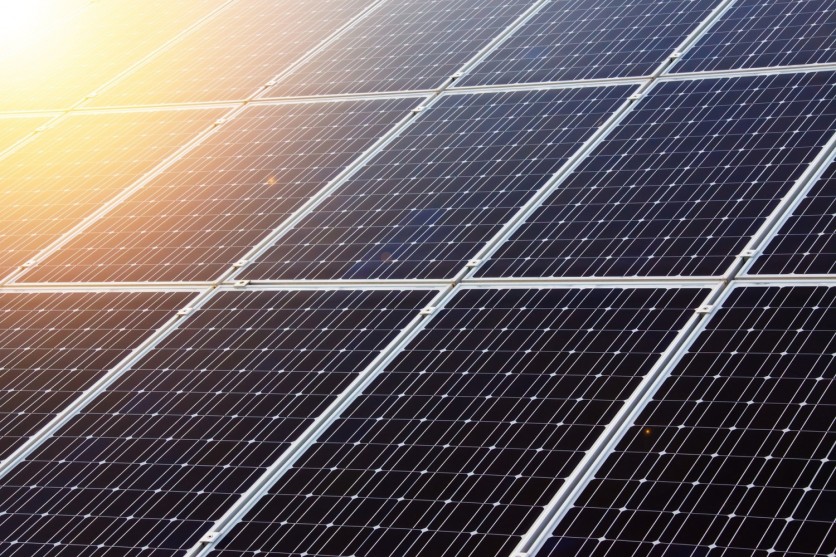Microwave radiation has been found to be a viable alternative to conventional annealing methods during the fabrication of solar panels, according to a recent study by a team of researchers led by Dr. Binesh Puthen Veettil of the School of Engineering at Macquarie University.

Microwave vs Conventional Annealing
Conventional annealing methods involve heating solar cells in an oven at high temperatures, which can be time-consuming, energy-intensive, and may require the use of harsh chemicals to remove protective coatings.
In contrast, microwave radiation selectively heats silicon, leading to almost instantaneous effects and massive energy savings.
Moreover, microwave annealing can be directed to specific parts of the solar panel, making it ideal for annealing solar panels with more intricate internal structures fabricated for special purposes.
Microwave annealing takes place in a clean environment, resulting in less contamination, and the whole process can be undertaken at room temperature.
The glass, plastic, and aluminum laminated panel is mostly unaffected, therefore it also offers a recycling benefit for which the group has a patent application in progress.
The team adds that the plastic covering that shields the silicon plate from contaminants and moisture softens to the point where it can be mechanically peeled off. As a result, the plate may be easily delaminated and its parts can be reused without the need for harsh chemicals.
"Until now it made economic sense to just dump the panels in the landfill," Dr. Veettil said in a press release statement.
"But now, as the solar panels which began to be installed in vast numbers about 20-30 years ago are reaching the end of their life and being decommissioned, governments are demanding they be recycled."
Read Also : California's Recent Solar Energy Proposal Offers Millions of Dollars of Support for Low-Income Households
Precise Targeting
Since microwave radiation can be focused, the heating it causes can be precisely targeted. Some of the most recent panels use heterojunction technology, which interleaves crystalline and amorphous silicon.
The team said that faster, better-directed annealing is extremely beneficial in these cells.
With the ability to focus microwave radiation, annealing can be specifically targeted to certain areas of the solar panel, making it well-suited for annealing solar panels that have complex internal structures created for specific applications.
In addition, the study discovered that microwave annealing occurs in a sterile environment, in contrast to an oven where chemicals can be emitted from the walls.
According to Dr. Veettil, There is less contamination, and the entire process can be performed at room temperature.
Associate Professor Shujuan Huang is leading a research group that explores the potential of microwave annealing in perovskite solar cells. These cells are affordable, lightweight, and flexible.
While microwave radiation produced more efficient solar cells as compared to conventional annealing methods, the researchers are uncertain why. They are currently working to address this question.
The study was published in the Applied Physics Letters.
Related Article : 'Carbon Sponge:' First Solar-Powered Carbon Capture Machine Will Suck CO2 to Help Solve Climate Crisis

ⓒ 2025 TECHTIMES.com All rights reserved. Do not reproduce without permission.




